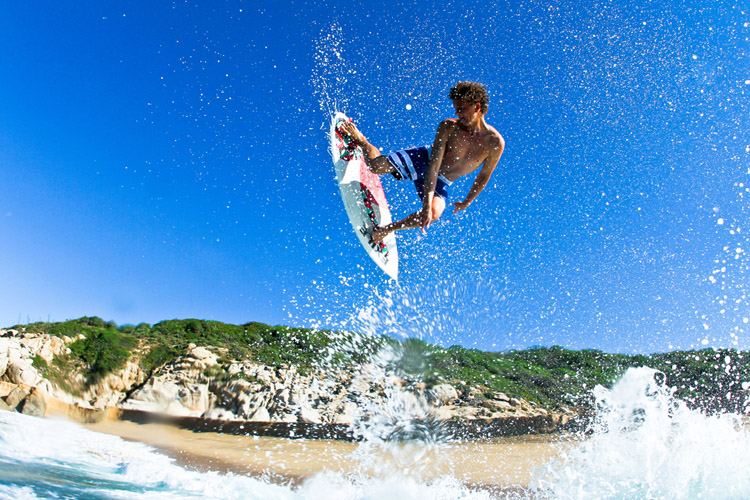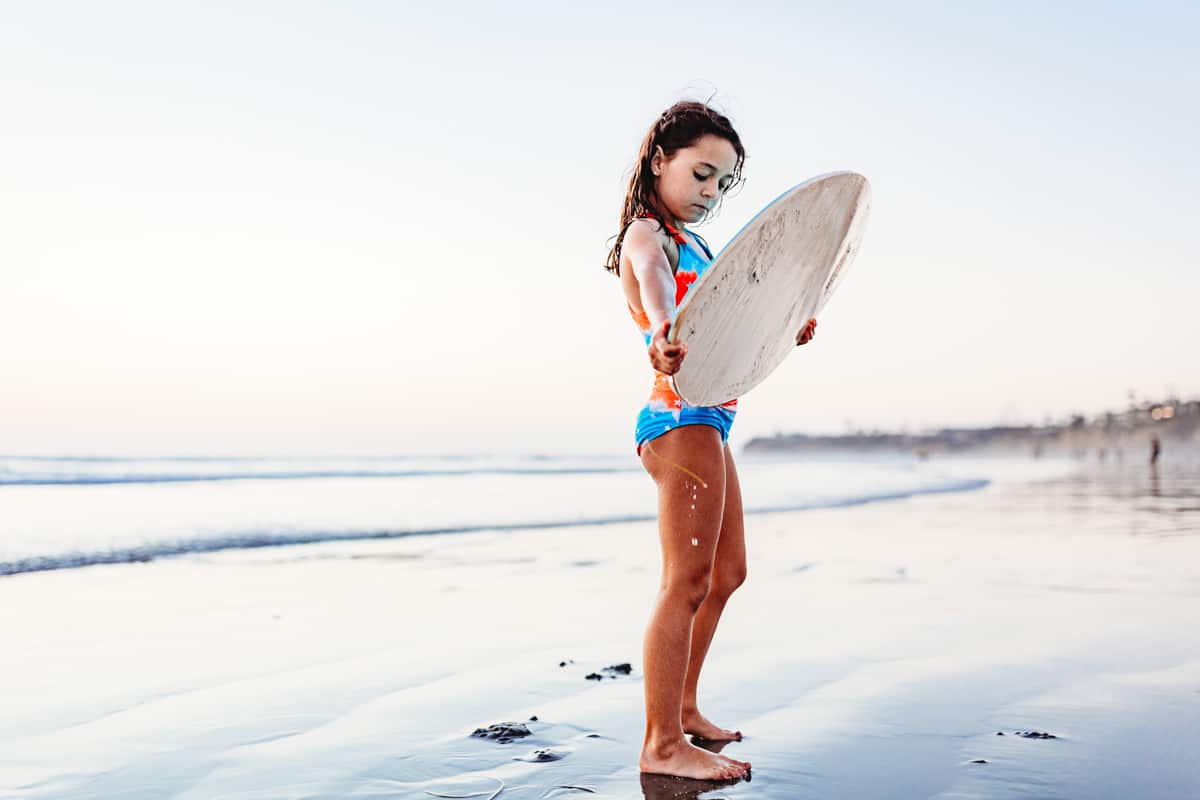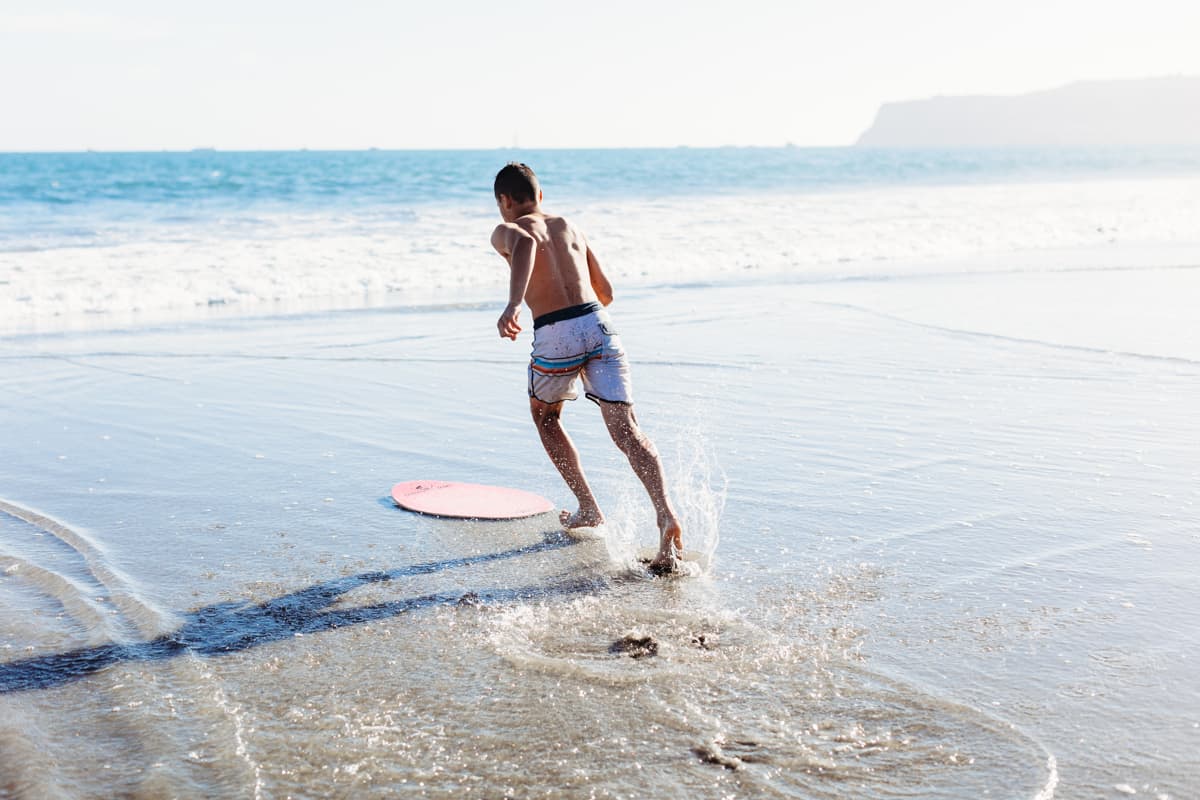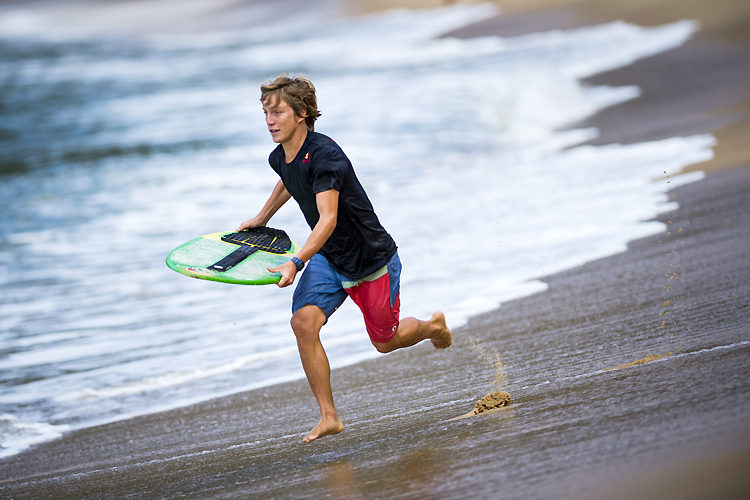Summer is upon us, and for many beachgoers, the thrill of skimboarding is a quintessential part of the experience. Whether you’re skimming along the waves at your favorite local beach or just starting your journey, understanding the ins and outs of skimboards can elevate your fun. This comprehensive guide covers everything you need to know about skimboarding, including techniques, equipment, local tips, and much more.
What are Skimboards?
Skimboards are flat boards, usually made from wood, foam, or fiberglass, designed for riding on the thin layer of water that forms over the sand. While primarily enjoyed in shallow waters, skimboarding can also be a thrilling experience on any wet surface. The activity combines elements of surfing, skateboarding, and even snowboarding, making it a unique aquatic sport loved by enthusiasts.
The History and Evolution of Skimboarding
Skimboarding originated in Southern California in the 1920s, primarily as a way for surfers to get back to shore after catching a wave. As the sport grew, it developed into its own culture, with competitions, tricks, and a dedicated follower base. The introduction of various materials and designs has transformed skimboards, making them more accessible and enjoyable for beginners to experts alike.

Types of Skimboards
Today, there are three main types of skimboards, each tailored for different styles and conditions:
- Wood Skimboards: Typically heavier and more affordable, wooden skimboards are great for beginners learning the basics.
- Foam Skimboards: Lightweight and buoyant, foam boards are ideal for tricks and can handle rougher waters.
- Fiberglass Skimboards: The most advanced option, fiberglass boards are customizable and suitable for professional-level performance.

Choosing the Right Skimboard for Your Needs
When selecting a skimboard, considering a few essential factors is vital to ensure you have the right tools for a successful experience.

Key Features to Consider
1. Size and Weight
The size of your skimboard should correlate with your height and weight. Generally, lighter individuals should opt for smaller boards while heavier individuals require larger boards for stability.
2. Skill Level
A beginner should choose a more stable board, while intermediate and advanced users might seek boards that allow for more tricks and speed.

3. Intended Use
Will you be skimboarding on flat, calm waters or in more turbulent conditions? The intended use will heavily influence your choice of board type.
Comparison Table of Skimboard Types
| Type | Material | Best For | Price Range |
|---|---|---|---|
| Wood Skimboards | Wood | Beginners | $50 – $150 |
| Foam Skimboards | Foam | Intermediate/Advanced | $100 – $300 |
| Fiberglass Skimboards | Fiberglass | Advanced | $200 – $800 |

Top Brands for Skimboards
Here are some highly regarded brands in the skimboarding community:
- Exile Skimboards: Known for their high-performance fiberglass boards.
- Victoria Skimboards: Offers a range of wood and foam boards suitable for all skill levels.
- DB Skimboards: Famous for customizable options and quality materials.
Where to Buy Skimboards
Finding the perfect skimboard is essential, and you have various purchasing options:
- Local Surf Shops: Great for personalized advice and trying boards.
- Online Retailers: Websites like Amazon and eBay often have a wide selection.
- Specialty Websites: Brands like Exile and Victoria have their e-commerce platforms.

Skimboarding Techniques for Beginners
If you’re new to skimboarding, there are a few foundational techniques to master before hitting the waves:
Stance and Balance
Begin with your feet shoulder-width apart, knees slightly bent, and weight evenly distributed. Balance is key to maintaining control while you skim.

Running and Jumping
A good skimboarder runs toward the wave before jumping onto the board. Timing your jump is crucial to avoid a wipeout.
Turning and Stopping
Learn to turn by shifting your weight in the direction you wish to go, and practice stopping by dragging your foot in the sand.
Popular Skimboarding Locations in the USA
The USA is home to many exceptional skimboarding spots. Here’s a list of recommended locations:
- South Beach, Miami: Ideal for beginners with gentle waves.
- Venice Beach, California: A lively atmosphere with various skimboarding opportunities.
- Huntington Beach, California: Known as “Surf City,” it offers both beginner and advanced spots.
Local Skimboarding Communities
Joining a local skimboarding community can significantly enhance your experience and skills. Here are some ways to connect:
- Social Media Groups: Platforms like Facebook and Instagram have dedicated skimboarding communities where you can share tips and experiences.
- Local Competitions: Participating in local competitions can provide insights into advanced techniques.
- Surf Clubs: Many coastal cities have surf clubs that welcome skimboarders to join their beach activities.
Safety Tips for Skimboarding
Like any sport, skimboarding requires caution. Here are some essential safety tips:
Wear Protective Gear
Consider wearing knee pads and a helmet, especially when learning tricks.
Know Your Limits
Don’t push yourself too hard; begin with small waves and progressively challenge yourself.
Watch for Obstacles
Always be aware of your surroundings to avoid rocks, other beachgoers, or dangerous currents.
Pros and Cons of Skimboarding
Pros
- Accessible to beginners
- Great for fitness and balance
- Can be done on various surfaces
Cons
- Can be challenging to master
- Risk of injury without proper precautions
- Requires specific weather and wave conditions
FAQs about Skimboards for the Beach
What is the best skimboard for beginners?
The best skimboard for beginners is typically a wood skimboard as it offers stability and ease of use.
Can you skimboard on dry sand?
While it’s possible to glide on dry sand, the best experience comes from skimming in shallow waters.
How do I maintain my skimboard?
After each use, rinse your skimboard with fresh water to remove salt and sand. Store it in a cool, dry place to avoid damage.
Conclusion
Skimboarding is not just a sport; it’s a way to connect with the ocean, enjoy the sun, and meet fellow enthusiasts. By understanding the types of skimboards available, mastering basic techniques, and respecting safety guidelines, you can maximize your beach experiences. Whether you’re a novice or a seasoned pro, skimboarding offers endless fun and opportunities for adventure. So grab your board and hit the waves!
References
For further reading and reliable information on skimboarding, consider checking these sources: